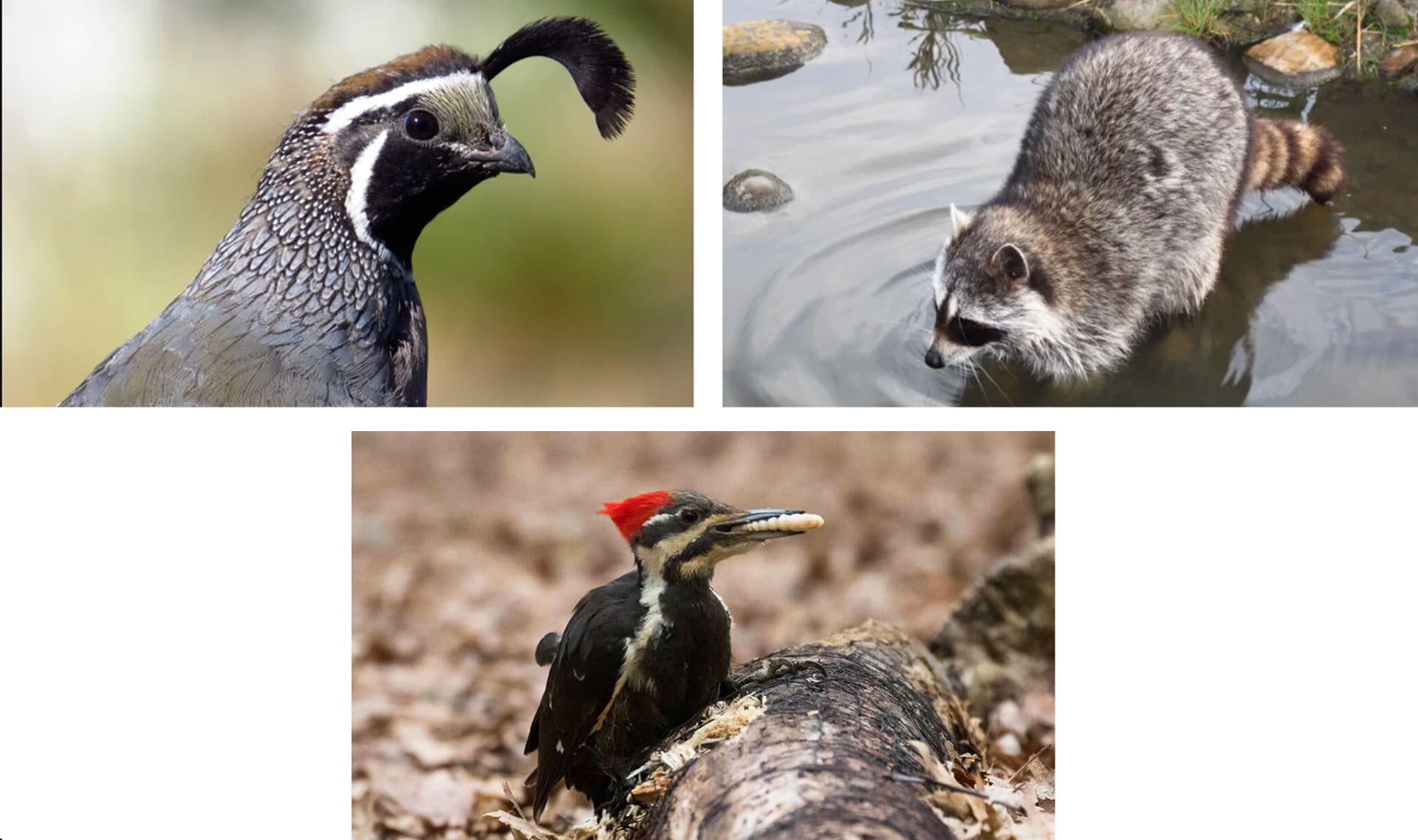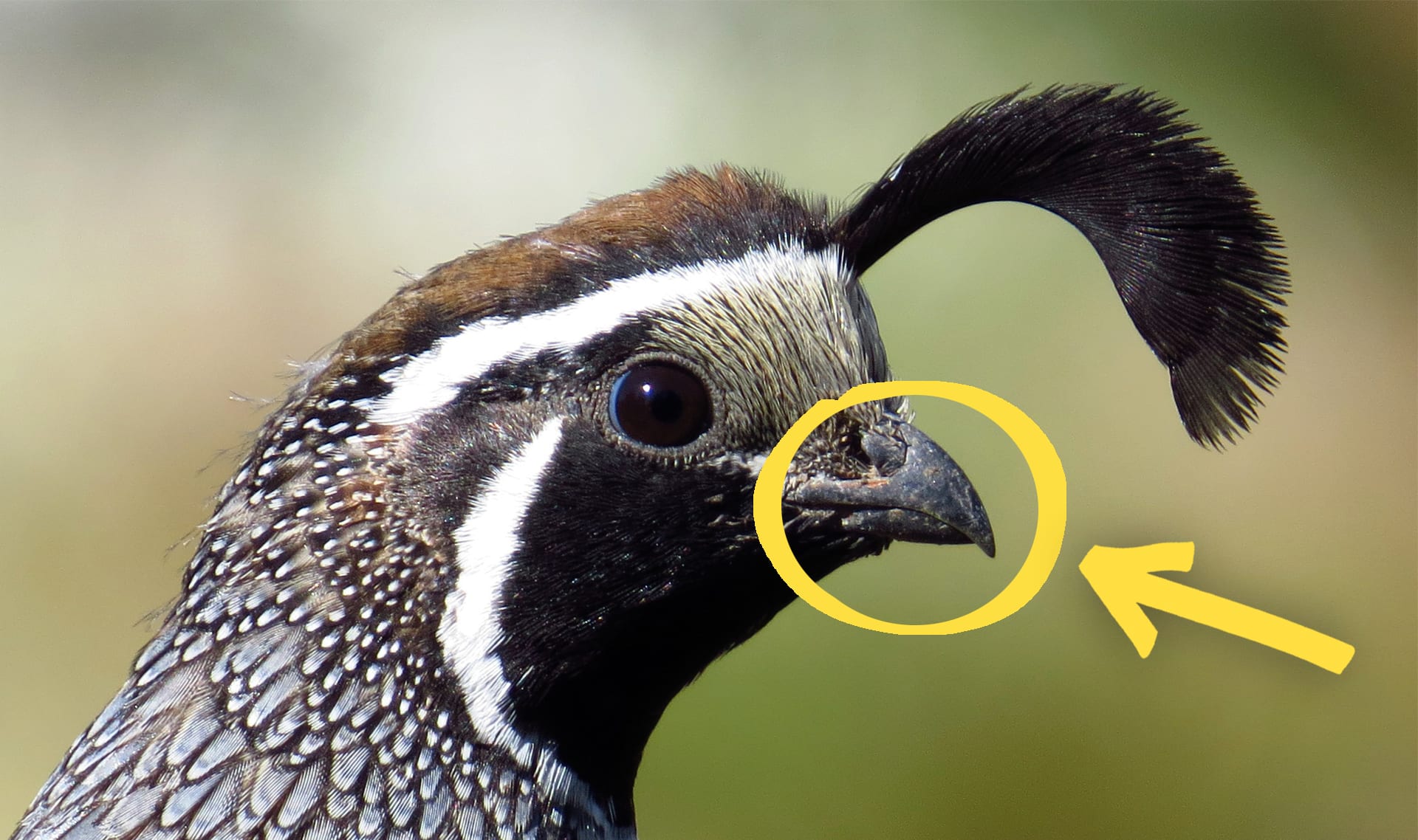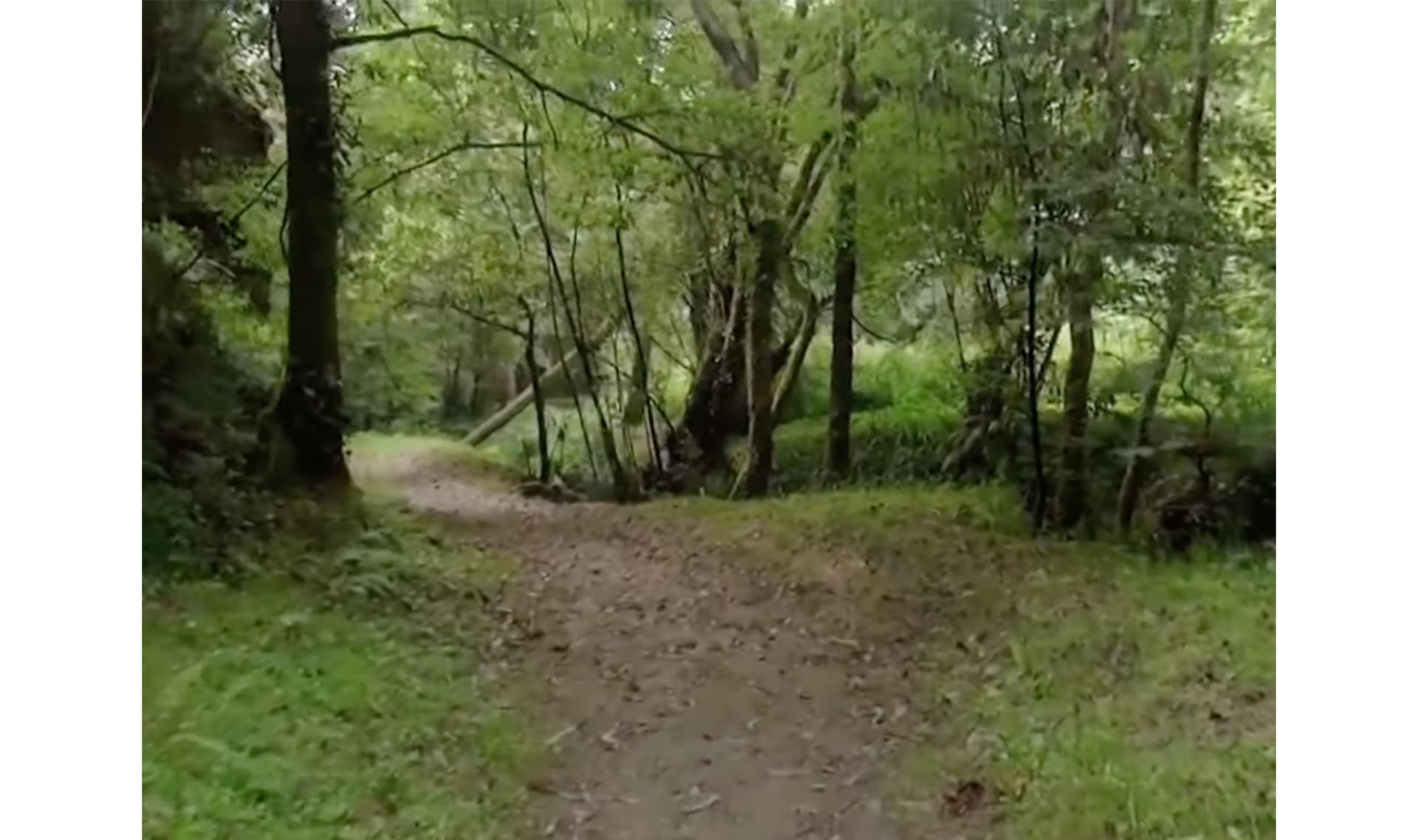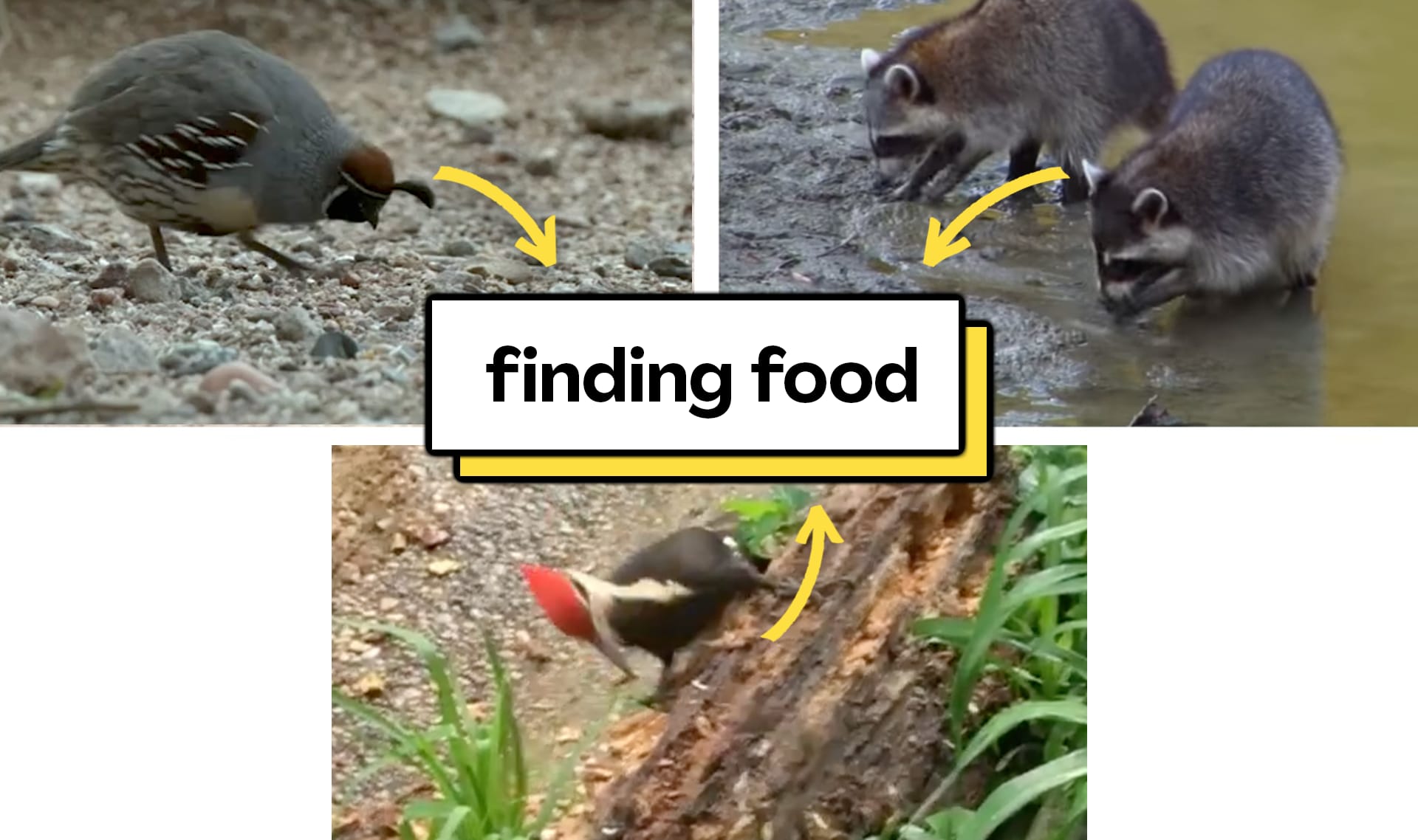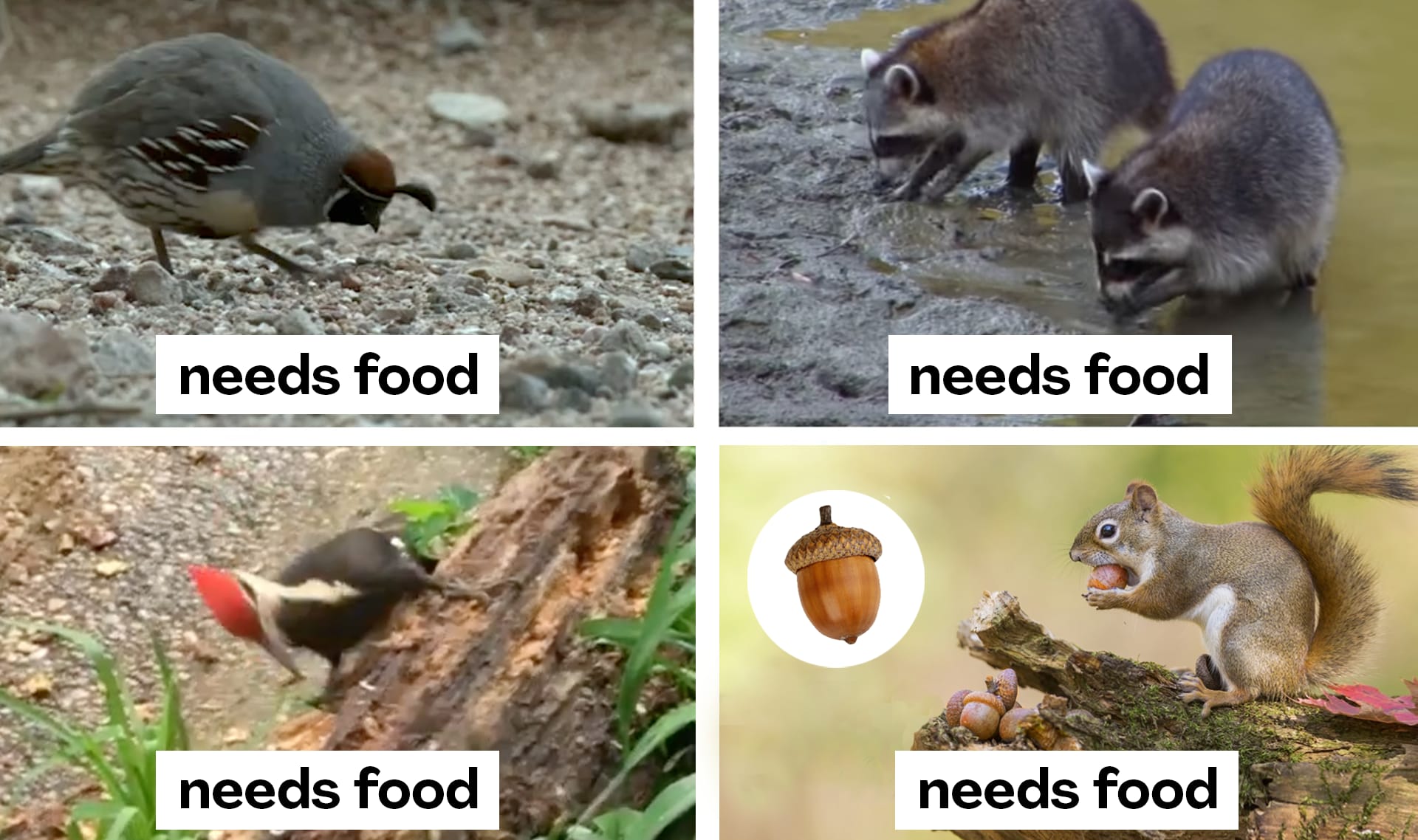Mystery Science respects the intellectual property rights of the owners of visual assets.
We make every effort to use images and videos under appropriate licenses from the owner or by
reaching out to the owner to get explicit permission. If you are the owner of a visual and
believe we are using it without permission, please
contact us—we will reply promptly and make
things right.
Other
portrait of boy by
Hogan Imaging
quail head by
Nico Giuliani
video of quail scratching for seeds by
Don Desjardin
video walking through forest by
Zenvision TV
woodpecker on tree branch by
Image used under license from Shutterstock.com: Mircea C
baby raccoon head on top of Pat's body by
Image used under license from Shutterstock.com: Seregraff
raccoon by pool of water by
Image used under license from Shutterstock.com: eddtoro
treehouse by
Image used under license from Shutterstock.com: AfriramPOE
video walking through forest by
Zenvision TV
hand by
Image used under license from Shutterstock.com: aloneman13d
quail head by
Nico Giuliani
video of quail scratching for seeds by
Don Desjardin
video of woodpecker pecking wood and demonstration by
Benjamin Slade
video walking through forest by
Zenvision TV
video walking through forest by
Zenvision TV
boy standing (1) by
Hogan Imaging
boy standing (2) by
Sergey Novikov
close-up video of quail in wilderness by
Phooj Vaj
girl standing by
Sergey Novikov
raccoon walking in pool of water and staff demonstration by
darlaz2b
seeds in palm of hand by
Jcomeau ictx
video of woodpecker pecking wood and demonstration by
Benjamin Slade
quail scratching for seeds by
Don Desjardin
video of foraging raccoons and staff demonstration by
Mossy Oak
video of quail flapping wings and Pat demonstrating by
Texas Parks and Wildlife
video of quail scratching for seeds by
Don Desjardin
video of woodpecker pecking wood and demonstration by
Benjamin Slade
video of foraging raccoons and staff demonstration by
Mossy Oak
video of quail scratching for seeds and Pat demonstrating by
Don Desjardin
video close-up of foraging raccoons by
Mossy Oak
video of foraging raccoons and staff demonstration by
Mossy Oak
video of quail pecking for seeds and Pat demonstrating by
Barbara Weaver
baby raccoon by
Sonsedska Yuliia
pond snails in palm of hand by
Water Garden Plants
video of quail sprinting and Pat demonstrating by
Texas Parks and Wildlife
California quial by
Image used under license from Shutterstock.com: cynoclub
video of woodpecker pecking wood by
Benjamin Slade
video of woodpecker pecking wood by
Benjamin Slade
wood-boring insects by
Charlotte Simmonds
video of woodpecker pecking wood by
Benjamin Slade
squirrel eating acorn by
Image used under license from Shutterstock.com: Mircea C
squirrel eating acorn by
Image used under license from Shutterstock.com: Mircea C
squirrel eating acorn by
Image used under license from Shutterstock.com: Mircea C
squirrel eating acorn by
Image used under license from Shutterstock.com: Mircea C



